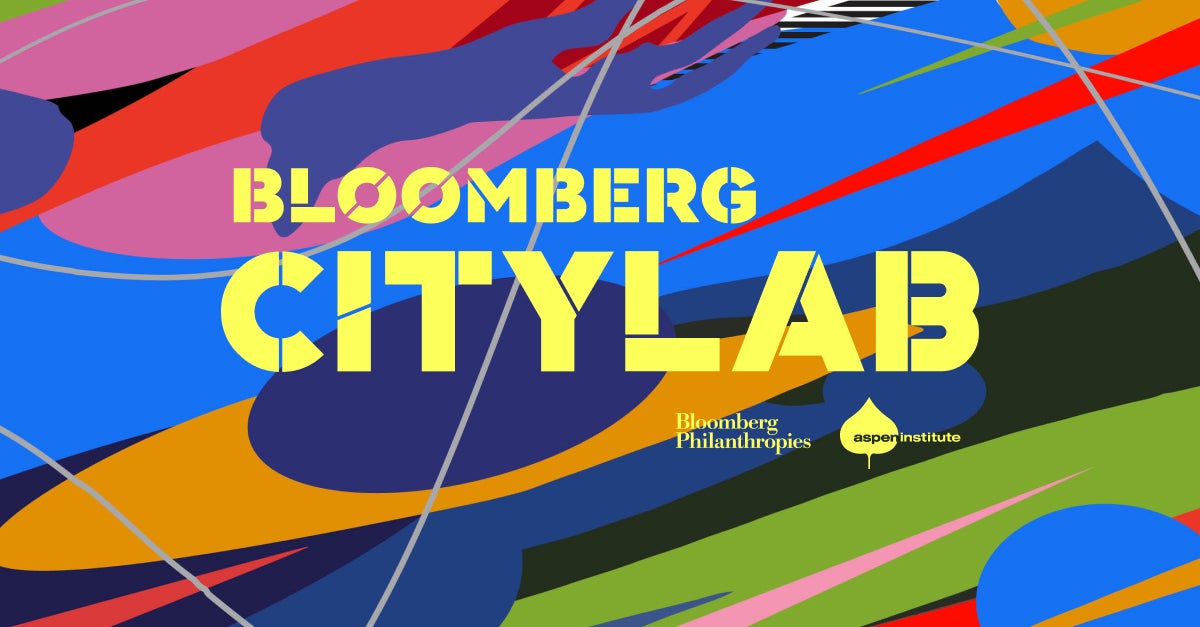What we’re working on & talking about:
It’s not just lunch, and it’s not just copyediting: My friends and colleagues at the Brookings Institution and Living Cities are changing their organizational norms and cultures to be genuinely inclusive.
Emily Badger’s piece about Nobel Laureate Paul Romer’s experience of Burning Man is characteristically brilliant. Here’s her one-sentence summary of why cities matter: “When people live close to one another, rather than close to the land, they hatch plans, they trade services, they discuss terrible ideas until they eventually arrive at good ones.”
October 2nd and 3rd I’ll be in Kansas City at the KC Shared Prosperity Partnership Forum, to hear how Kansas City is working on economic inclusion strategies.
I’ll end the month at CityLab, which will take place this year in Washington, D.C. Last year at CityLab, I talked to Dan Doctoroff about Sidewalk Labs’ Toronto Waterfront project. It’s becoming clear that the Waterfront project is not just a testing ground for new technologies, but new forms of governance and new relationships between governments, residents, and tech companies.
What we’re thinking about:
Geoff Mulgan of Nesta wrote a thought-provoking post a few weeks ago about governance sinkholes.
“Governance sinkholes appear when shifts in technology, society and the economy throw up the need for new arrangements. Each industrial revolution has created many governance sinkholes — and prompted furious innovation to fill them. The fourth industrial revolution will be no different. But most governments are too distracted to think about what to do to fill these holes, let alone to act.
….[T]he lesson of history is that technological innovation has to be matched by social and institutional innovation — otherwise we risk getting too many harms and too few benefits.”
I’d go further and say that governance sinkholes appear when people need not just new arrangements, but ways to understand and define new relationships. Technology is forcing new relationships between people and governments, people and the built (and now sensed) environment, people and each other, government and the private sector, and thus revealing myriad governance sinkholes. Here are three questions I’m seeking to answer about governance sinkholes specific to cities:
What areas or arrangements or things need governing?
In the context of cities and technology, groups like Sunlight Foundation have done lots of work on data governance. But what else needs governing? I would like to see, for a start: 1) governance arrangements that would give cities, and specifically residents of underserved neighborhoods, a more tangible, possibly monetary, benefit from being test beds for urban technologies and 2) governance arrangements for the many activities philanthropies and corporations undertake in conjunction with local governments.
What are the mechanisms of accountability?
Governance to me implies not just agreements but charters, or MOUs, or contracts as ways to make governance arrangements visible, transparent, and accountable. All city residents should be able to see, understand, and monitor the commitments that different actors (government, philanthropy, corporations, non-profits, think tanks) are making in cities.
Accountability also depends on data. The Open Contracting Partnership has a data standard for contracting and procurement that might serve as an interesting starting point. (Could the many new projects and pilots and distributed governance efforts in cities be seen as a form of procurement? Could residents have a stronger voice in all kinds of procurement decisions? OCP’s work holds out that possibility.) Or perhaps a community or civic data trust could play a role here, not just protecting and holding reams of data, but responding to specific resident queries about outcomes. The partners in the National Neighborhood Indicators Project, which “help community stakeholders use neighborhood data for better decisionmaking, with a focus on assisting organizations and residents in low-income communities,” also could play a role.
Finally, how do communities answer these two questions?
A new governance structure implies that old ones were inadequate to the task. Who makes that call? And what happens next? Perhaps a governance arrangement could be brought into being through something like a ballot initiative. As for “what next,” there’s a lot of exciting work on this question. The Co-Cities Project is working on a compelling methodology for governance of the urban commons. Dark Matter Labs and the McConnell Foundation are connecting governance change with regulatory experimentation and envisioning new relationships under the framework of Legitimacities. My friend and mentor Bruce Katz is collecting case studies of new governance models as part of his inquiry into “the ‘how’ of urbanism.” I hope that governance and democratic innovation will draw as much attention as topics like economic development, transportation, or data-driven government.
As always, the Center for Urban Innovation is eager to keep connecting these dots. What new relationships between people, government, and technologies do you think need governing? What successful models are out there that I should know about — this is one of my core research projects through the end of the year, so please share!
All best,
Jennifer
Interesting in receiving the Center for Urban Innovation’s monthly newsletter? Subscribe here.
Past newsletters can be viewed here.
